Devi Prasad (1921-2011), India’s pioneering artist-potter, visionary educationist and pacifist, joined Santiniketan, India’s premier art school in 1938 when founder Rabindranath Tagore was still involved with the institution. At Nandalal Bose’s suggestion and following a correspondence with Gandhi in 1944 he joined Sevagram, Gandhi’s ashram, as Art Teacher, where he taught for nearly twenty years. His political consciousness saw him participate actively in the Quit India Movement in 1942 and in social reforms such as Vinoba Bhave’s Bhoodan – the land gift movement of the 1940s and 1950s.
Apart from the making of his personal history and his times, this book leads us to why the creative act of making art itself takes on such a fundamental philosophical significance in his life – an ideal derived directly from his absorption of Gandhi’s principles. The purpose of art and life as they came to be realised by him, needed a change in the very approach people have toward work, which could only be achieved through a new philosophy of education. This book argues for an aesthetic basis for India’s freedom movement whereby the Arts and Crafts Movement’s pioneers like John Ruskin, William Morris, Charles Ashbee and William Lethaby impacted the writings and work of Mahatma Gandhi, Rabindranath Tagore and Ananda K. Coomaraswamy as seen in the ideology of ‘Swadeshi’ – India’s rallying cry for Freedom and the artistic milieu of Santiniketan. Devi Prasad’s story, then, exemplifies the importance of the Arts and Crafts Movement in shaping the nature of Modernism in India.
Devi Prasad’s ideals in art and in political activism, shaped though they may have been on Indian soil, led him to crisscross international borders. In 1962 he migrated to London to become Secretary General (later Chairman) of the War Resisters’ International, perhaps the oldest Pacifist organisation in the world in order to spread the Gandhian way of life internationally. Here his artwork underwent another transformation, cognisant of the realities of Western living. On his return to India in 1982, he began to work more concertedly on pottery: developing a community of studio-potters, their studios, tools and equipment. This book reveals, against a backdrop of Modern Indian history and international peace movements, how the worlds of ‘design’, craftsmanship and studio art were negotiated via a philosophical quest to bring about social change.

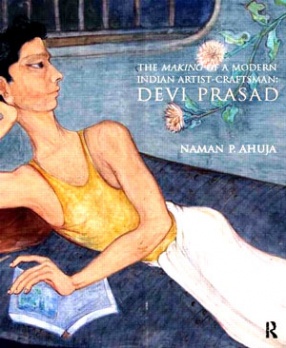
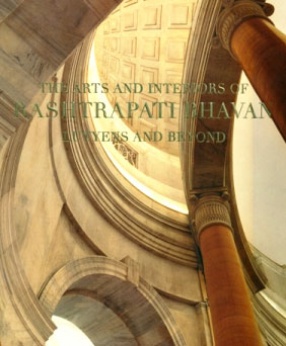
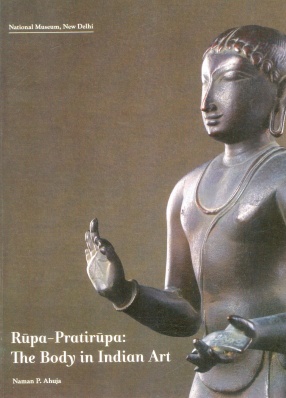
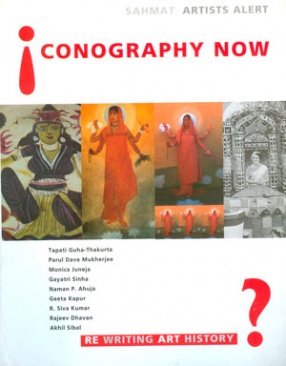

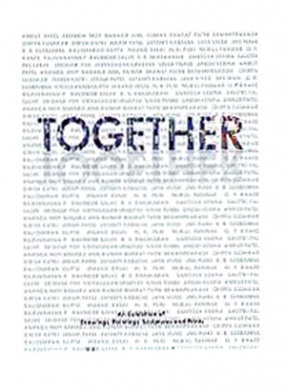
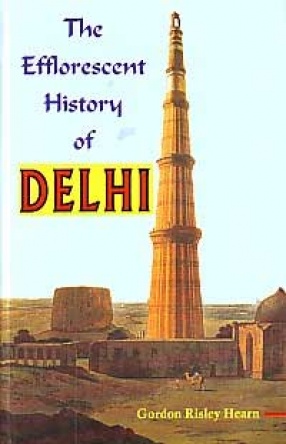
There are no reviews yet.